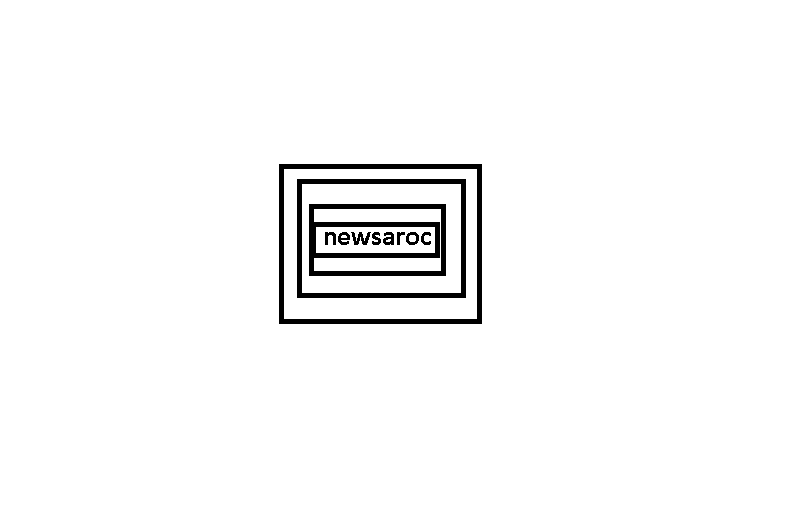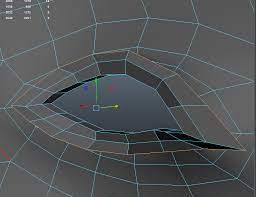You might look at a professional 3D model and think—how do they make it look so perfect? Retopology is the art of reworking a high-poly design, making it simpler, and possibly easier to work with as you go on.
Here’s how to do retopology and some strategies to help you create something more well-constructed and visually strong every time.
What is retopology?
There are a lot of crazy things that can happen as a mesh goes through your Blender workflow. Retopologization should be considered your way of developing things for whatever reason. You can perform retopology during any stage of the 3D modeling process.
Creating a workable UV map, for example, would be impossible in the case of a static, complex-sculpted model. To that extent the high-poly detail is really cool. But to bring the character to life (or even to apply more than just a generic material or texture), re-applying the mesh will usually make the task much easier.
Why should you redraw a model or mesh?
Here, you can see this face we created in Blender. It looks fine, but it definitely has some issues—weird artifacts, local conflicts of interest, and different mesh resolution features in different regions. Retopology is a great solution to these problems, and can be done in several steps.
If your model is going to be animated in any way, you may want to rescale it to optimize it for movements and deformations.
You can repurpose 3D primitives to make them conform to anything else you want to make.
Fabricating a model will often result in a chaotic, bulky and disorganized mesh. By recreating something created through the Sculpt tool with simple geometry, you can harness the power of a Sculpt model without the mess.
3D scans will often be crazy, chaotic disasters, especially if you’re capturing the subject with a very fine-toothed comb; Retopo is the best way to simplify reality to make it a little easier to deal with.
Basic models created using tools such as the Lasso Trim tool in Sculpt mode will benefit from a full round of retopology prior to sculpting, even at this early stage. In the next step of sculpting you’ll be able to take these extremely broad roughs and turn them into something more manageable.
Maintaining your model periodically like this will be a great investment of your time in the long run. Working from a clean base usually results in a more manageable trap as you build on it and progress. These best practices for retopology ensure that your production model performs at a high level without pinching, deforming or losing its integrity.
Some 3D artists will actually maintain a more primitive version of the model from earlier in the process and use it to do things like pose the character or object. Then, they are able to turn the full-resolution version back on, fully rendered, and address any problems that may have arisen with the new currency.
What is a clean mesh in 3D modeling?
There is no one-size-fits-all formula that will result in a clean topology. Every project and model will be different, and Aries should adhere to what is expected of the model.
Clean topology means that your entire model is loosely interconnected; The mesh should support the design and wrap it cleanly, neatly and logically.
Edge flow is a powerful concept to consider when designing the retopo mesh of your model. These flow around the “poles”, which are terminal areas that can be hidden in a number of places depending on what you’re working on.
In a general sense, a ported mesh made of quads will usually be better over a mesh made of tris or n-gons. However, this is not a hard and fast rule.
Retopology can take one of several forms, depending on where your model is in the 3D modeling pipeline.
You can incorporate all of the above into a single workflow. The body of your model can recover under a Remesh modifier, giving you more time to really lean into the more complex, subtle details of your project, ensuring that nothing steamy, distorted in the process. or not getting wasted.
For a rendered animation or even just an image for a high-poly model, there are a lot of ways you can render your mesh without losing all the fine details of your model, such as holes, scratches, and other surface defects. can be cleaned. ,

